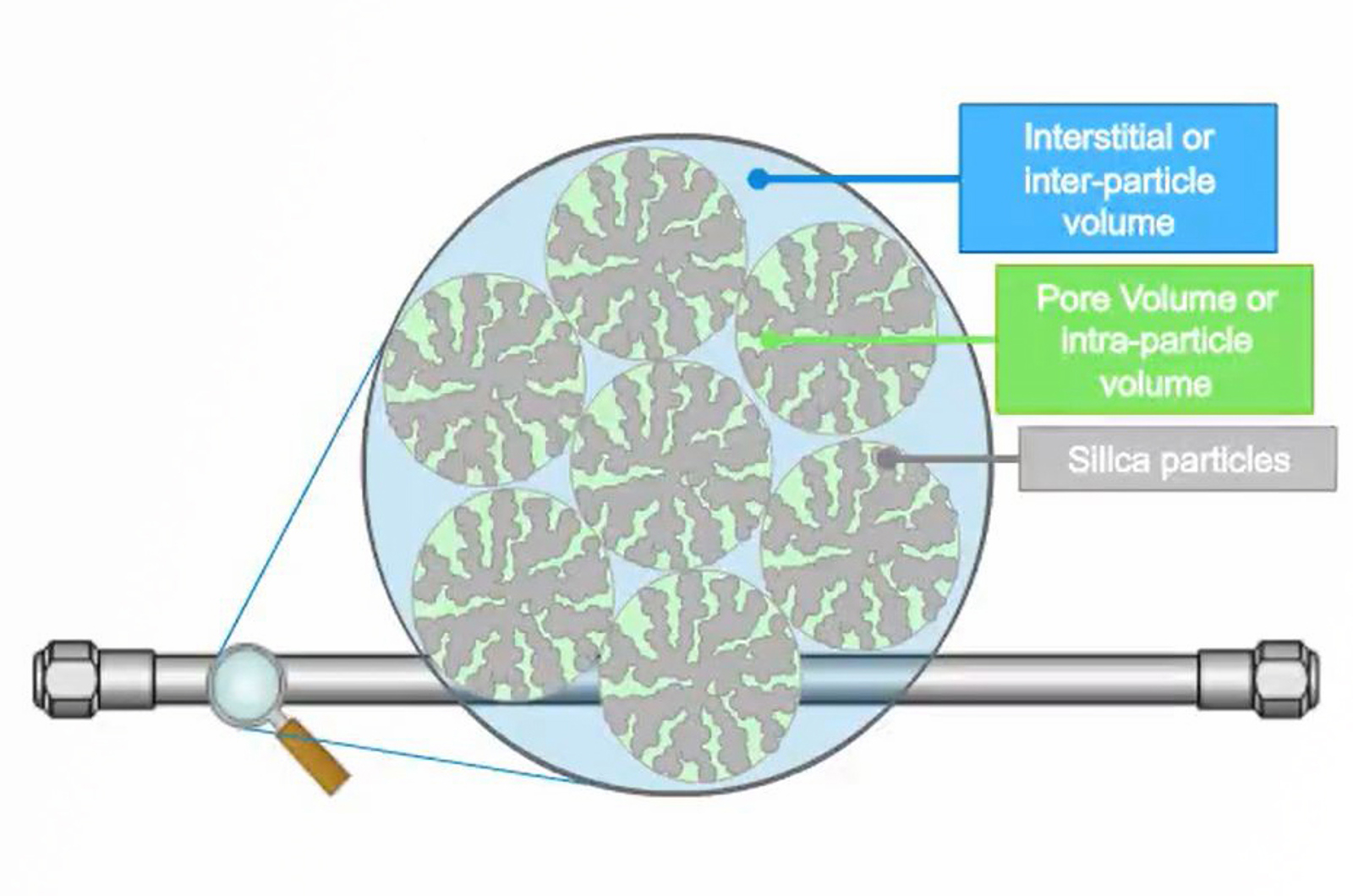Native Mode Analysis - Intact Workflow Solutions for Characterizing Biomolecules by HIC and SEC
Sponsored by

In this webcast, we will demonstrate the utility of SEC and HIC methods for intact analysis of antibodies and ADCs.
- Case studies of a variety of antibodies and conjugates will be presented to illustrate the power of developing platform methods. These analytical starting points enable custom-tailored analytics for IPC (in-process checks) and release assays as projects enter CMC-endgames
- We will discuss how the analysis of the overall biophysical data of these biomolecules aids in the selection of the optimal candidates for further development towards the clinic
Currently hundreds of therapeutic monoclonal antibodies (mAbs) and antibody drug conjugates (ADCs) are in development, and many companies have multiple biomolecules in their pipelines. Detailed analytical characterization of these biopharmaceutical proteins to assess the aggregation levels and other potential variations, such as protein deamidation and oxidation, are important to monitor to ensure product quality and safety.
Size exclusion chromatography is a standard 'bread and butter' analytical method used to quantify aggregation and purity of bio-proteins. Hydrophobic interaction chromatography, or HIC, is another powerful chromatographic technique for separating proteins in order of increasing hydrophobicity. It is also capable of resolving impurities and variants from post-translational modifications that can prove difficult by other orthogonal chromatographic methods.
Even for routine chromatographers that overly rely upon these methods could find benefit on further optimization. One such factor that depends upon column optimization is speed of analysis. Previously, 300 mm length SEC columns of varying i.d. were used to achieve better separation of HMWS (high-molecular weight species). In recent years, advances in column technology allow separation efficiencies on shorter length columns to be achieved. We will show examples of these advances via SEC and HIC analysis. Doubling sample throughput is invaluable to any drug discovery group or process project. Moreover, once throughput is increased, the scientist is enabled to execute more experiments in their DOE study matrices.

